Introduction of White Honey Coffee beans in Multi-Tower Banner Microprocessing Plant of Peak Manor in Tarazhu production area of Costa Rica
For professional baristas, please follow the coffee workshop (Wechat official account qianjiecoffee)
Costa Rica Tarazhu production area Peak Manor Multi-Tower Banner Microprocessing Factory
Treatment of 100% Red Kaduai single Variety Baimi
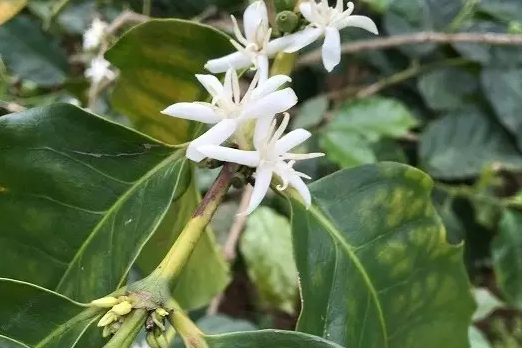
Flavor description:
The juicy taste of white grapes, sweet and sour cherries, salty pickled plums,
The mixed smell of vanilla and herbal tea,
Neat structure, sweetness, acidity and sweetness, long lasting flavor.
The peak manor is located in Guadaloutian Guadalupe, Huila, Vera province, Colombia, with an elevation of 1600 meters. Guzm á n Luis Guzman, the owner of the manor, grows coffee varieties such as Kaddura caturra and Castillo castillo. This batch of coffee is light roasted with rich aroma, dry aroma with floral aroma, black sugar and cream sweet aroma, elegant citrus sour aroma, bright and sour taste, grapefruit sweet and lime tone, but the black sugar sweetness is long-lasting, showing a balanced taste. The aftertaste is a little minty and cool. Medium and deep baked aromas are spicy and roasted almonds, wet aromas show orange peel, caramel sweet with pine wood essence, smooth and sweet taste, chocolate bitterness and cinnamon spice blend into a balanced and full flavor.
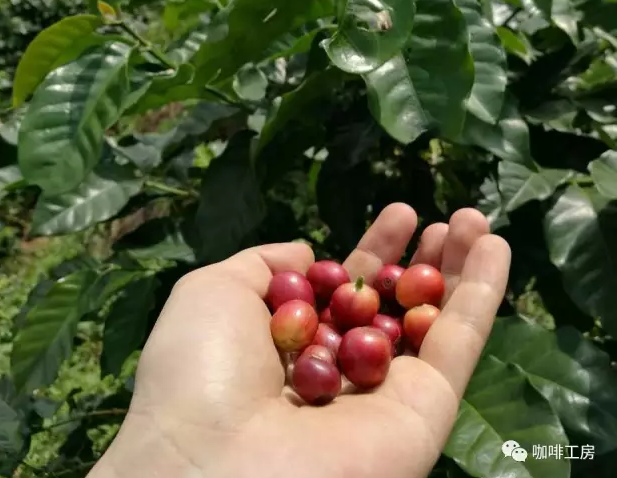
Coffee has been rooted in Costa Rica for more than 200 years. Although coffee is only the third-lowest country in Central America, it is an indispensable role.
At present, Colombia has a total population of about 4.5 million, but there are as many as 400 million coffee trees, and coffee exports account for 25% of the country's total exports. according to local statistics, about 1% of the population is involved in the coffee-related industry chain. it is not too much to say that coffee has changed the country's living standards.
Costa Rica's unique natural environment, fertile volcanic ash, mild and suitable temperature, stable and abundant rainfall, sufficient sunshine during the day, and a significant temperature difference between day and night, are all one of the factors that make coffee a major agricultural product in Colombia.
They also produce different grades of raw coffee beans, from commercial Arabica beans to coffee beans from the Outstanding Cup Coffee Competition (COE) to the temple-level geisha coffee variety (Geisha), plus numerous post-processing methods of white, yellow, red and black, which are dazzling.
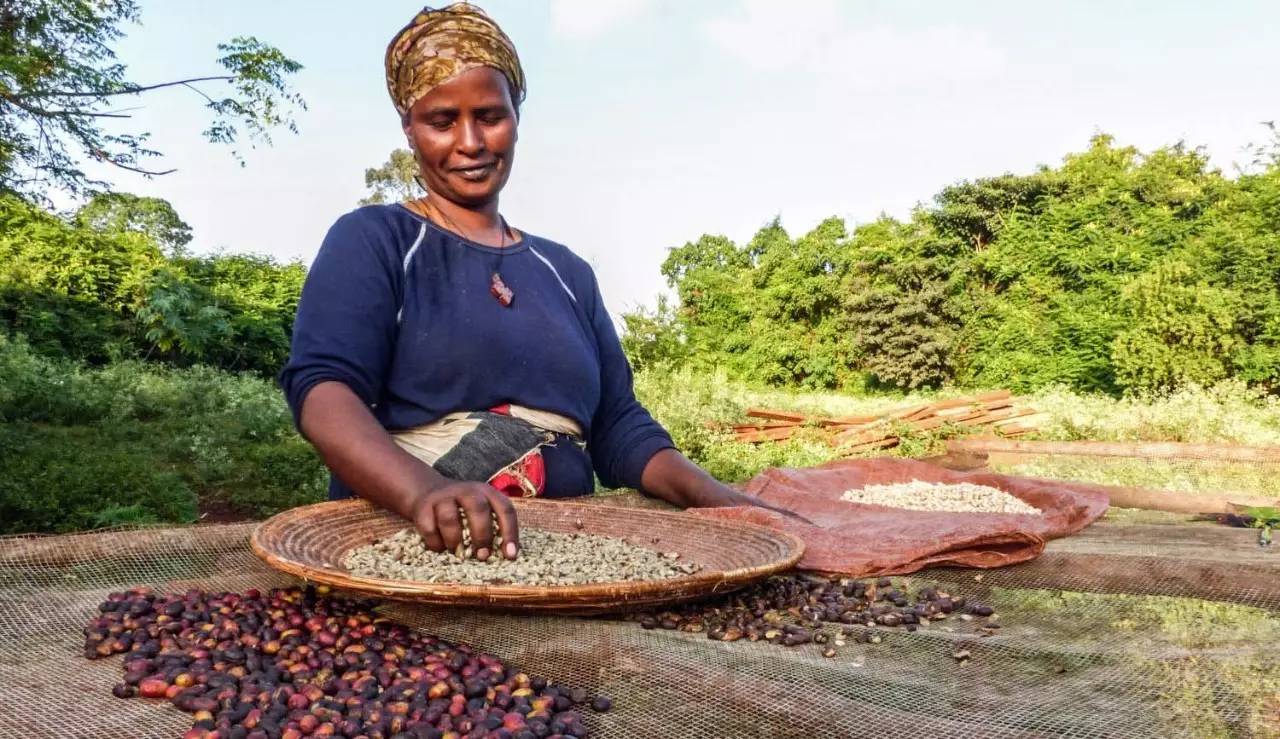
According to the traditional classification, Costa Rica is divided into seven producing areas, from northwest to southeast, along with the inland central plateau, western valley (West Valley), central valley (Central Valley), Tarasu (Tarrazu), Sanshui River (Tres Rios), Eurosci Orosi, Brunca, Turrialba, several of which may be familiar to everyone in Taiwan's coffee market.
But with the evolution of boutique coffee
The norms of large producing areas can no longer satisfy the curiosity of lovers chasing high-quality coffee.
Resulting in more and more microzones.
Trace batches of small estates were unearthed.
Important Notice :
前街咖啡 FrontStreet Coffee has moved to new addredd:
FrontStreet Coffee Address: 315,Donghua East Road,GuangZhou
Tel:020 38364473
- Prev
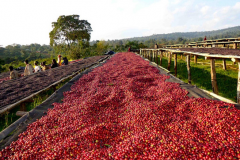
Introduction to Costa Rican honey-treated coffee-environmentally friendly fermented honey gives a good flavor of coffee!
Professional barista communication please pay attention to the coffee workshop (Wechat official account cafe_style) Costa Rica coffee beans are familiar with one of the coffee producing areas, his geographical position is located in the Central American isthmus, at the same time by Pacific and Atlantic currents and sea breeze on the climate regulation, but up to 2000 meters above sea level towering volcano, coffee berries that are in the fertile volcanic ash
- Next
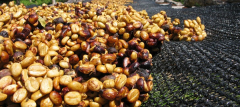
Colombian ace plan Pitha Lido three Manor Sun Flavor Taste description introduction to the ace plan
For the exchange of professional baristas, please follow the coffee workshop (Wechat official account qianjiecoffee) Pitalido three Manor Sunshine Pitalito Natural, a rare Colombian sun-dried coffee selected by ACES Program, the trump card project of Caf Imports, the boutique raw bean merchant. ACES asks coffee farmers to keep their own production.
Related
- Detailed explanation of Jadeite planting Land in Panamanian Jadeite Manor introduction to the grading system of Jadeite competitive bidding, Red bid, Green bid and Rose Summer
- Story of Coffee planting in Brenka region of Costa Rica Stonehenge Manor anaerobic heavy honey treatment of flavor mouth
- What's on the barrel of Blue Mountain Coffee beans?
- Can American coffee also pull flowers? How to use hot American style to pull out a good-looking pattern?
- Can you make a cold extract with coffee beans? What is the right proportion for cold-extracted coffee formula?
- Indonesian PWN Gold Mandrine Coffee Origin Features Flavor How to Chong? Mandolin coffee is American.
- A brief introduction to the flavor characteristics of Brazilian yellow bourbon coffee beans
- What is the effect of different water quality on the flavor of cold-extracted coffee? What kind of water is best for brewing coffee?
- Why do you think of Rose Summer whenever you mention Panamanian coffee?
- Introduction to the characteristics of authentic blue mountain coffee bean producing areas? What is the CIB Coffee Authority in Jamaica?

